Part two: Vijay Kumar Krishnan, Solution Architect / Delivery Lead
Vijay has more than 13 years of a relationship with the Vanenburg family. He started his career in 2008 at Cordys after completing his degree in electrical and electronics engineering at the Anna University in Chennai, India. In 2010 he moved to Vanenburg, starting as a software engineer, where he currently works as Solution Architect.
He lives in Coimbatore (Tamil Nadu, India), is married and has two kids. Vijay is a Google-certified Professional Cloud Architect and Professional Data Engineer and his system expertise consists of a long list, including GCP – Compute Engine, AWS, Java, CSS, MySQL and Kubernetes, to name a few.

Profile Vijay Kumar Krishnan:
Educational background:
Electrical and Electronics Engineering @ Anna University, Chennai, India
Previous working experience:
Cordys, 2008 – 2010
Certificates
Professional Cloud Architect (Google)
Professional Data Engineer (Google)
What do you do on a daily basis at Vanenburg?
I have been working for more than 10 years at Vanenburg now, where I got the opportunity to play various roles – working on complex technical implementations and bringing up various frameworks.
Now, I am mainly working on two major projects: the further development of the micro apps -and integration platform Rappit Composer (our own Vanenburg no-code platform) and I work on an external project for our customer eVerbinding, where I play the role of Solution Architect; also, as Delivery Lead I am responsible for implementing the solution.
Being responsible for the entire customer project on behalf of Vanenburg gives a great learning experience to me, which makes me grateful.
Next to that, I am involved in some cloud operations activities too, managing our Rappit Composer product and some customer solutions on the Google Cloud Platform infrastructure or AWS.
What is Rappit Composer? And what is your contribution to its development?
Rappit Composer is a low-code / no-code micro apps -and integration platform to quickly build small task-driven apps. It can be deployed in the cloud in containers and it supports various databases like MongoDB, HBase, and Google Firestore.
Rappit Composer started with the ambition to be a complete platform. We started development with that in mind. It consists of around 30 components, such as a job processor framework, application component, document component, UI component, and many more. The product owner always wants more features, which is a challenge for solution architects as the scope always changes. Fortunately, I have experience on both sides of the table. The end users do not feel and see the complexity in the back end.
I helped Rappit Composer to run on the NoSQL – Apache Hbase database and also used Solr as our index server. Then I was involved in moving Rappit Composer into cloud infrastructure (IaaS) by identifying the right instance type and configuring the proper security group. We were happy because of the Rappit Composer project, the NoSQL and Solr and Cloud IaaS Concepts were introduced to Vanenburg.
On top of that, Composer is currently deployed in Google Kubernetes Engine as a container and we are using many Google Cloud Platform products like Google Firestore and Cloud Storage as a file system, etc. I find it exciting how new technologies can be adapted quickly, and how it continuously is improving the product.
Overall, customers are reluctant to choose a database. They want to stay with SQL because they don’t want to take a risk of using something which is not known to them. With more customers for Rappit Composer, we can support any database they want. That is unique. Rappit Composer can not be rejected by the customer with the argument that it is not matching the cloud infrastructure they are using.
Looking at the past 13 years, what did you enjoy most about working at Vanenburg?
It has been a very enjoyable journey up to now. Mainly because of three things:
Firstly, changing the destination of the journey always gives new challenges, because it provides the opportunity to learn new things. For example, our innovation is driven by customer projects who come up with challenging requirements, which gives a new opportunity to improve my knowledge. In Vanenburg we have much freedom to come up with new ideas and solutions.
Secondly: when you travel with interesting passengers, the journey itself will be interesting and enjoyable. The passionate team – my co-passengers – is really a pleasure to work with. We always work together, provide help where needed, and have respect for each other. I enjoy how we discuss and argue with each other for finding the right solutions to technical and customer challenges.
Last but not least: the founder of our company, Mr. Jan Baan, is an inspiration to many of us. The energy level and involvement he shows and the innovative ideas he brings to the table inspire us to make the best out of the latest technology. This is why the team spirit from the old “Baan culture” very much exists in our company: for example, how you are allowed to make mistakes and learn from them, and having the freedom to operate.
Do you often work with customers and colleagues from other countries? Can you share your experience?
Nowadays I am working with eVerbinding, a company located in the Netherlands. I am mostly collaborating with the product owner & founder of eVerbinding and understand their vision, near real-time goal, and current requirements. It is a very good experience for me to understand their culture and behavior. Besides that, I interact with the technical team and support team members from eVerbinding, which gives me an opportunity to learn how to explain and convince the problem/solution to the customers from their point of view. I strongly believe that there is mutual satisfaction in the collaboration between their team and our team in India.
What distinguishes Vanenburg as an IT company, when compared to Cordys? Or, what experience do you have from Cordys that you applied to your day-to-day activities in Vanenburg?
For me, I started my journey with Cordys and technically I felt like there is not much difference compared with Cordys and Vanenburg in the way we work. Complete freedom to come up with new ideas and solutions! The main difference is that at Cordys, the main focus was on the product and features, whereas at Vanenburg it is highly customer focused.
Do you often work solely on projects or is there a team involved?
I am always working along with the team in both Rappit Composer and eVerbinding projects. We are working together as a team, usually consisting of 5 persons, which is great! I am thankful for the opportunity to work with a team where the spirit is to be dedicated to helping each other. Overall I am also happy to say that my learning and experience are also getting used in other projects also and people still used to call me and ask my opinion too before making some decision.
What’s Vanenburg’s culture like in your view?
I heard the term “Baan culture” from my seniors. From my experience in Vanenburg, I understand that we are not having managers we are having leaders in our company which makes a difference and people used to define that as the “Baan culture”. Because Mr. Jan Baan is a leader. I’d like to phrase it like this: Every leader is a manager, but not every manager is a leader.
Can you share a little bit more about the customer project you are involved in? What does Vanenburg do for eVerbinding?
eVerbinding is a Dutch billing service provider, providing an e-invoice platform for enterprises to send and receive invoices to their business partners. This e-invoice platform is developed on top of Vanenburg’s Rappit Composer micro apps -and integration platform. Currently, they have an average of 100.000s transactions per month. With the growth they’re experiencing, they’re aiming for 1 million transactions per month in the near future.
eVerbinding has more than 9 years of relationship with Vanenburg. From the beginning of their journey, Vanenburg is involved and plays a huge role in their business too by meeting their requirements with Rappit Composer. There are various in-built features in Rappit Composer. Think of application features for example. All those features are available for them because they are in-built with Rappit Composer, which brings huge benefits for them when they choose Rappit Composer.
I am playing the Solution Architect and Delivery Lead roles as part of eVerbinding and ensure that I worked on the release planning and sprint planning, discussing new requirements with customers and designing the technical solution document, and implementing the core component or critical changes. During the project, my role is to continuously discuss with the development team and help them to implement the solution and to review the code implemented, etc.
Are any future plans or exciting projects coming up?
Two more certifications soon: Security Engineer and AWS certification. I actually started with AWS at Rappit Composer and have a lot of experience and knowledge, but I never went for the certification. I also want to take another certification for GCP. Besides these certifications, I’m looking for new opportunities as well, based on organizational needs.
In Rappit Composer we can see some improvements and we are having some roadmaps prepared already. Currently, the development of the product goes in a new phase: getting ready for go-to-market. The go-to-market is ready with the container approach, so the cost will be minimal. The needed requirements are already added, from now on there are some improvements and we’re adding the new features. There is a list of items that have been added already.

